Commentary: I started @katong.joochiat to document my neighbourhood. This is how it has reshaped my ideas of heritage.
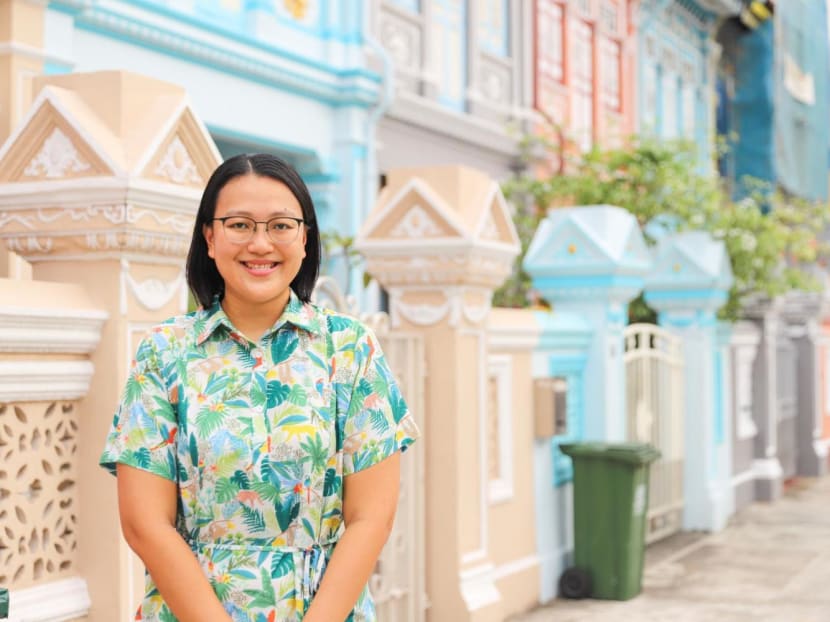
After exploring dozens of neighbourhoods in various walking tours across China and Europe, Tan Li Ming (above) decided to start her own project to share the rich heritage of her own neighbourhood with an Instagram account: @katong.joochiat.
Each day after school, my classmates and I would make our way to the shop, our pockets jingling with coins saved from our daily allowances. We would choose ice cream and other snacks from the worn but well-stocked shelves, and walk home together clutching our treats, already looking forward to the next time we could visit the shop.
Sadly, I never took a photo of this shop before it closed — a regret that underscores how we often take our everyday surroundings for granted, assuming they will remain unchanged.
In 2017, at the age of 28, I quit my job and spent a year travelling across China and Europe, joining numerous free walking tours as I went.
These tours often took me to seemingly ordinary neighbourhoods I would never have thought to explore on my own, revealing the hidden stories and historical significance of these areas.
On one such tour in Mostar, Bosnia & Herzegovina, a surviving prisoner of war took us through buildings riddled with bullet holes from the Yugoslav Wars.
Climbing to the top floor of a building on Kneza Domagoja 5, we found it littered with bullet shells. It was a former sniper tower, a fact I hadn’t realised despite passing by it several times.
Upon returning to Singapore, I was inspired to delve deeper into the stories of the neighbourhood I’ve called home my entire life — Katong-Joo Chiat.
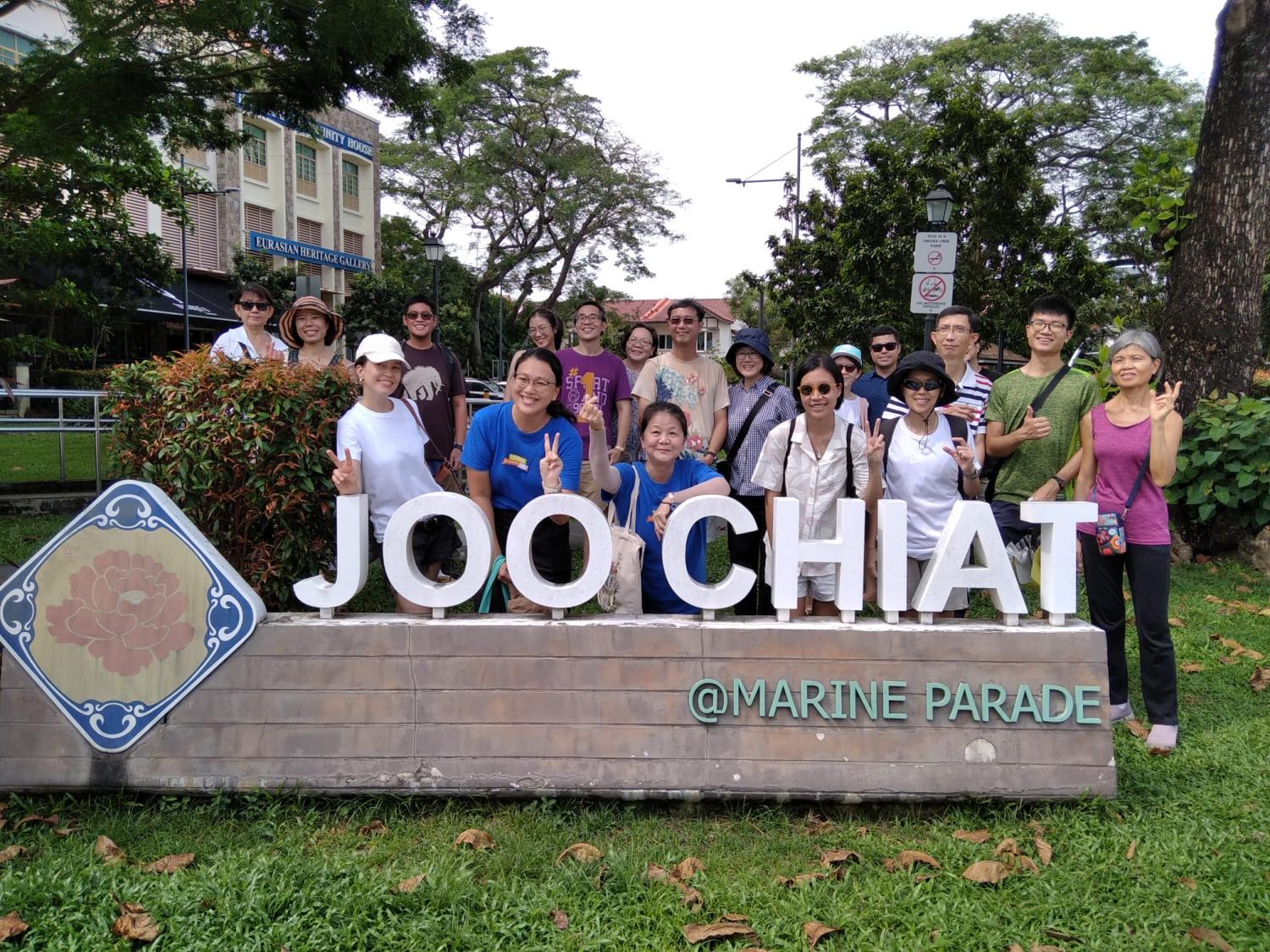
I started exploring historical archives and old photographs online, spending hours on sites like the National Archives of Singapore and The Long and Winding Road.
I soon realised Katong-Joo Chiat wasn’t just a collection of picturesque shophouses and trendy eateries. It’s a living museum that encapsulates the heritage and spirit of Singapore.
I found a deeper appreciation for the neighbourhood and its unique blend of tradition and modernity: The traditional eateries like Kim Choo Kueh Chang and Janggut Laksa, where recipes have been passed down through generations; the vibrant murals and street artworks that add a creative twist to the historical streets.
I decided to start my own project to document and share the rich heritage of my neighbourhood with a simple Instagram account: @katong.joochiat.
HUNTING FOR HERITAGE
In 2020, Covid-19 brought the world to a standstill. Grounded from travel, many young people like me found ourselves driven to explore our own backyards in ways we hadn’t really done before.
I started working on the @katong.joochiat account by going out on walks to snap photos of specific places with a long history in this neighbourhood, such as Poh Ho Restaurant along Crane Road, and vanishing trades such as Katong News Agency along Tanjong Katong Road. (Both businesses are no longer operational today.)
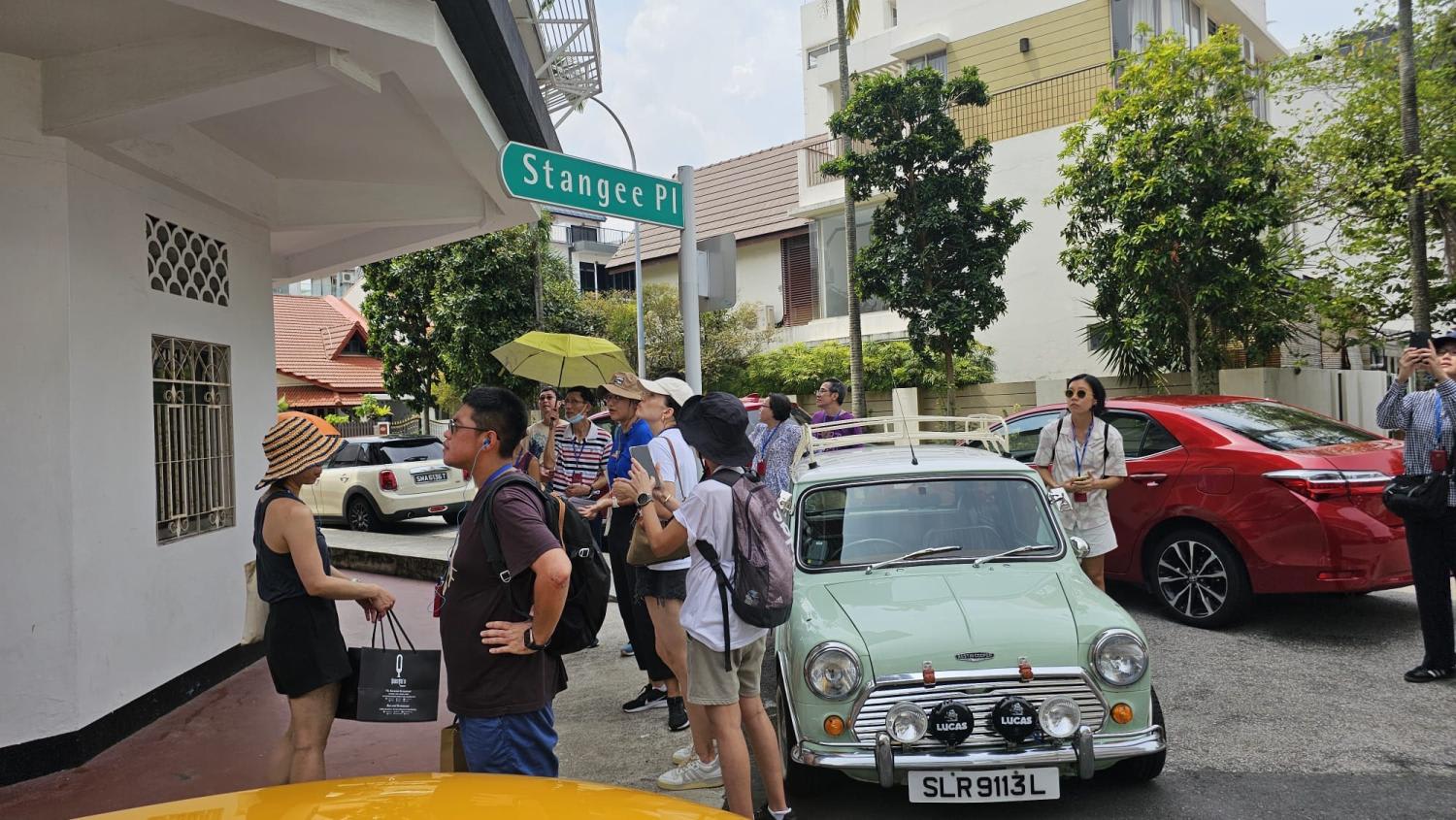
As I documented my discoveries on Instagram, people were drawn to @katong.joochiat because they wanted to support local businesses during these tough times, but also because of how my photos highlighted the neighbourhood’s charm.
The more walks I went on, the more my list of locations to visit grew.
I often stumbled upon things completely unexpectedly. For example, I discovered a mural in a back alley near my house and was surprised to learn it had already been there for two years.
A growing number of followers — many of whom are fellow Katong-Joo Chiat residents — also reached out to share tips and insights.
My Instagram page quickly became a digital bulletin board for the community to find updates on new developments and changes, such as the 2021 reopening of the iconic Chin Mee Chin confectionery.
Announcements of impending closures gave people a chance to visit their favourite stores and establishments one last time.
I also often got to speak directly to local business owners and hear their own stories of the neighbourhood.
One shop owner recounted how they previously used sandbags to protect their establishment from the many floods that used to occur in the area during high tide or monsoon seasons — also depicted in the iconic High Tide mural, tucked in the alleyway along Koon Seng Road.
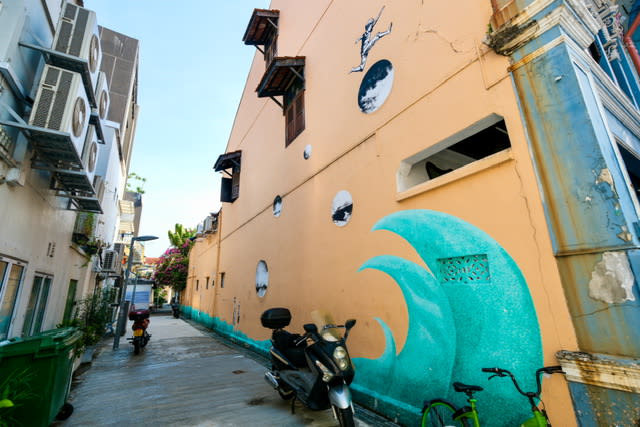
In 2023, I became a Champion for the National Heritage Board’s (NHB) Heritage Activation Node (HAN), an initiative that empowers the community to celebrate and champion the heritage of their neighbourhoods.
Becoming a HAN Champion enabled me to meet like-minded individuals who are equally passionate about preserving Singapore’s heritage.
During an NHB training session, an elderly couple shared with me that The Red House at 63 East Coast Road was a matchmaking venue in the 1960s.
I was surprised by this — my memory of The Red House was largely of freshly baked goods. How fascinating, that the same building that conjured up the aroma of curry puffs and the taste of soft Swiss rolls in my mind would provoke such different memories for those who came before me.
Stories like these continue to enrich my understanding of Katong-Joo Chiat's past, making me more determined to help preserve its heritage.
As a HAN Champion, I lead walking tours around the neighbourhood to share its rich history with participants. I also connected with other groups like Katong Culture, an interest group established by Joo Chiat Community Club, where I now contribute to community initiatives.
Beyond Katong-Joo Chiat, I am also looking forward to learning more about other precincts, with the second HAN launching in Clementi soon.
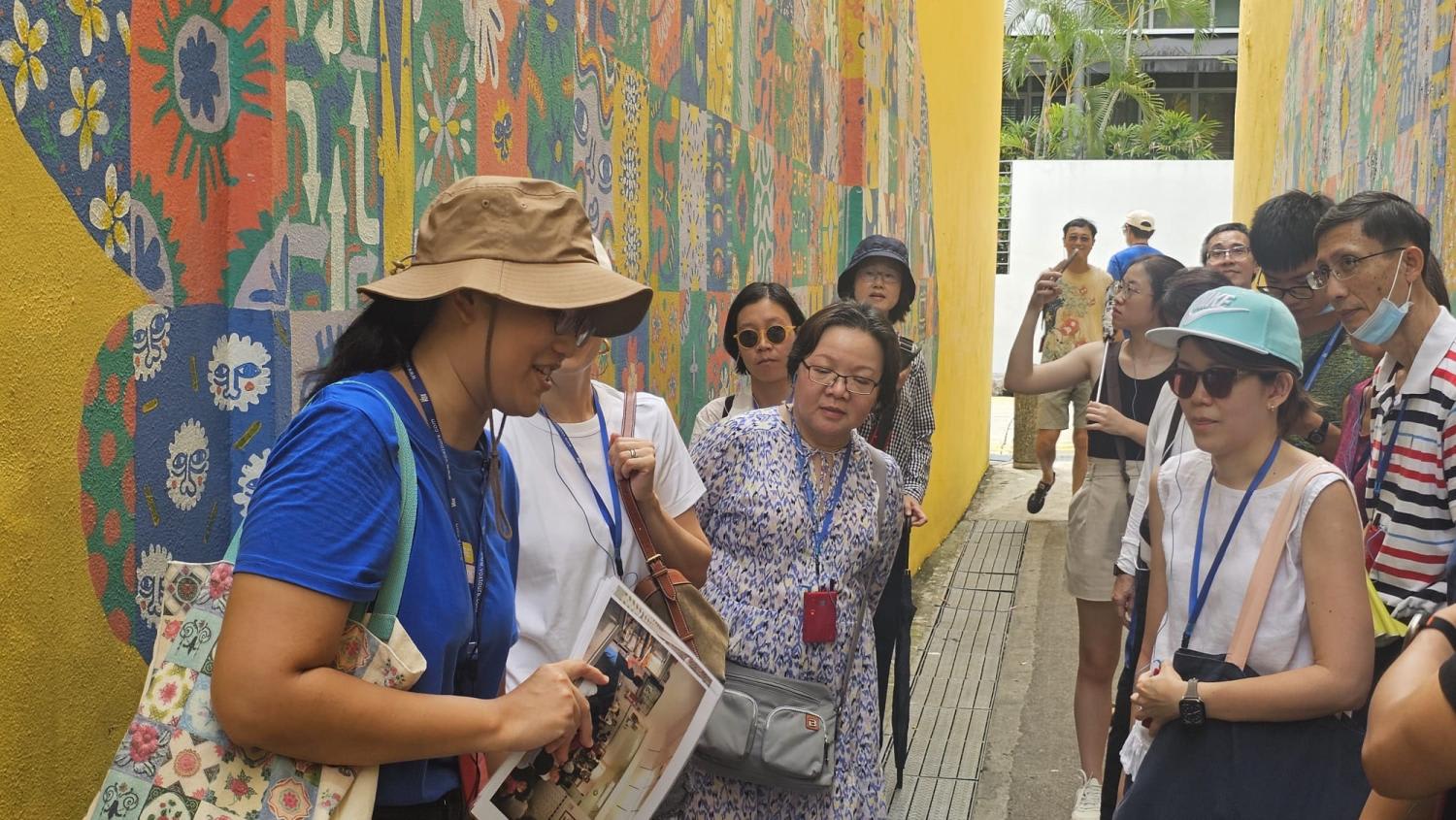
RETHINKING THE MEANING OF HERITAGE
My @katong.joochiat project has taught me that true heritage lies not in grand monuments or towering displays, but in the everyday spaces we share.
It’s also offered me countless opportunities to think critically about issues I usually wouldn’t. For example, I occasionally receive direct messages asking for my thoughts on the gentrification of Katong-Joo Chiat.
A decade ago, I might have viewed these changes negatively. However, my travels have taught me that transformation isn’t just about destroying existing things — when done right, it can breathe new life into old spaces while retaining their significance.
After all, change is inevitable. Instead of clinging to the past, it is essential to preserve the unique aspects that truly define the neighbourhood.
The past is a precious part of our identity, but what we have today will become tomorrow's heritage.
Preserving our shared identity as neighbours and countrymen and passing it on to future generations is an endeavour not just for a few Singaporeans, but for all — and it’s as simple as paying attention to what we have around us, and appreciating it while we still can.
ABOUT THE AUTHOR:
Tan Li Ming is an avid traveller who has visited 61 countries and counting. She is currently an associate scientist at the Centre for Remote Imaging, Sensing and Processing and a PhD student at the Department of Geography at the National University of Singapore.

No comments
Share your thoughts! Tell us your name and class for a gift (: